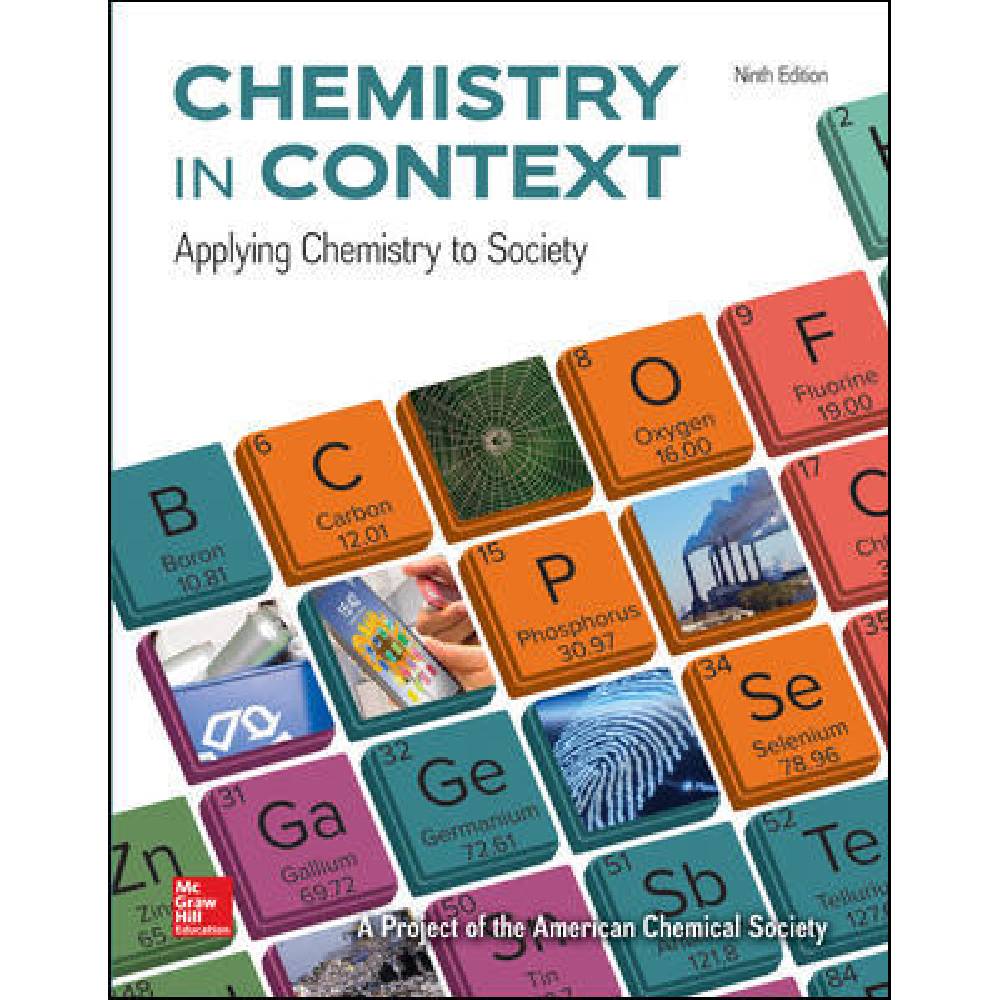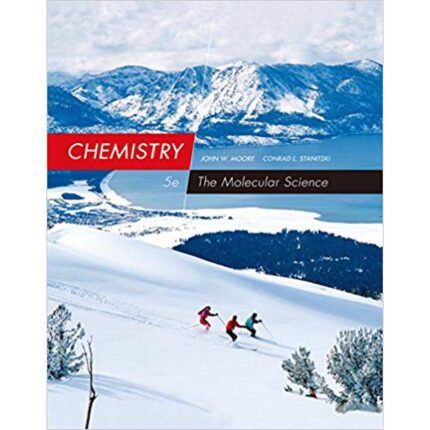Chapter 11 Test Bank
Nutrition
- What is meant by malnutrition?
- More calories than are necessary are consumed on a daily basis
- Daily caloric consumption is insufficient to meet metabolic needs
- Sufficient carbohydrate, fats, and proteins are consumed, but diet lacks micronutrients
- D. The diet is lacking in proper nutrients, even though caloric intake may be sufficient
Accessibility: Keyboard Navigation
Bloom’s Level: 1. Remember
Chapter: 11
Section: 11.01
Subtopic: Classification of Matter
Topic: Biochemistry
Feedback: This might be the result of only having candy and soda in your diet.
- You often hear the phrase, “You are what you eat.” Which statement is true?
- A. The food we eat provides the fundamental material to keep our bodies functioning
- Eating fats will make you fat because your body cannot digest fats
- The carbohydrates that you eat will cause your body to retain water, making you look bloated
- If you eat a lot of protein, your hair and nails will grow faster
Accessibility: Keyboard Navigation
Bloom’s Level: 2. Understand
Chapter: 11
Section: 11.01
Subtopic: Classification of Matter
Topic: Biochemistry
Feedback: This is a reminder that the nutritional quality of food we eat makes a difference.
- What is the percentage composition of the average human body?
- A. Water 60 percent; fats 20 percent; carbohydrates and proteins 20 percent
- Water 50 percent; fats 10 percent; carbohydrates and proteins 20 percent
- Water 70 percent; fats 10 percent; carbohydrates and proteins 20 percent
- Water 50 percent; fats 20 percent; carbohydrates 20 percent; and proteins 10 percent
Accessibility: Keyboard Navigation
Bloom’s Level: 1. Remember
Chapter: 11
Section: 11.01
Subtopic: Classification of Matter
Topic: Biochemistry
Feedback: Over half the body is water.
- From the information given, which statement is false?
- There are more H atoms than O in the body
- The greatest percentage of body weight comes from oxygen
- C. Carbon is the most important element
- There are more H atoms than C in the body
Bloom’s Level: 2. Understand
Chapter: 11
Section: 11.07
Subtopic: Classification of Matter
Topic: Biochemistry
Feedback: Note that there are fewer C atoms than H or O.
- Which statement is false with respect to carbohydrates?
- They are made up of carbon, hydrogen, and oxygen in a 1:2:1 ratio
- They are made from carbon dioxide and water by the process of photosynthesis
- They are metabolized in the body to produce energy
- D. They are the cause of obesity and should be eliminated from a healthful diet
Accessibility: Keyboard Navigation
Bloom’s Level: 2. Understand
Chapter: 11
Section: 11.04
Subtopic: Classification of Matter
Topic: Biochemistry
Topic: Carbohydrates
Feedback: Remember that “all things in moderation” is the mantra for healthy eating.
- Which is not a polymer of glucose?
- Cellulose
- B. Cholesterol
- Glycogen
- Starch
Accessibility: Keyboard Navigation
Bloom’s Level: 2. Understand
Chapter: 11
Section: 11.04
Subtopic: Classification of Matter
Topic: Biochemistry
Feedback: One is a fat.
- A disaccharide is formed when two monosaccharide units react via their OH functional groups. The linkage in a disaccharide is
- H — to — O — to — H.
- B. C — to — O — to — C.
- C — to — O — to — H.
- C — to — OH — to — C.
Accessibility: Keyboard Navigation
Bloom’s Level: 2. Understand
Chapter: 11
Section: 11.04
Subtopic: Classification of Matter
Topic: Biochemistry
Feedback: This is like an ether function group.
- Which is a monosaccharide?
- Cellulose
- B. Glucose
- Glycogen
- Sucrose
Accessibility: Keyboard Navigation
Bloom’s Level: 1. Remember
Chapter: 11
Section: 11.04
Subtopic: Classification of Matter
Topic: Biochemistry
Feedback: This is just “sugar.”
- Which statement correctly describes starch and cellulose?
- Starch is a polymer of glucose, cellulose is not
- Starch and cellulose have identical structures but different properties
- C. Starch and cellulose are both made from glucose but have different linkages
- Starch and cellulose are both easily digested by the body
Accessibility: Keyboard Navigation
Bloom’s Level: 1. Remember
Chapter: 11
Section: 11.04
Subtopic: Classification of Matter
Topic: Biochemistry
Feedback: Remember that only one may be digested in the human body.
- What is the difference between a fat and an oil?
- A fat is a triglyceride, an oil is a monoglyceride
- B. A fat is solid, while an oil is liquid at room temperature
- A fat is a lipid, an oil is not
- A fat is made from fatty acids, an oil is made from oily acids
Accessibility: Keyboard Navigation
Bloom’s Level: 2. Understand
Chapter: 11
Section: 11.02
Subtopic: Classification of Matter
Topic: Classification of Matter
Feedback: Think about what shortening and corn oil look like in the container.
- A triglyceride is
- an ester of a fatty acid and three glycerol molecules.
- B. an ester of three fatty acids and one glycerol molecule.
- a polymer of fatty acids.
- a polymer of glycerol.
Accessibility: Keyboard Navigation
Bloom’s Level: 2. Understand
Chapter: 11
Section: 11.02
Subtopic: Classification of Matter
Topic: Biochemistry
Feedback: Tri- means three.
- The line-angle drawings of two fatty acids are shown. Which structural feature do they have in common?
- Carbon—carbon double bonds
- B. Carboxylic acid group (COOH)
- Polyunsaturation
- They have no features in common
Bloom’s Level: 2. Understand
Chapter: 11
Section: 11.02
Subtopic: Functional Groups
Topic: Biochemistry
Topic: Organic Molecules
Feedback: Look at the end of each molecule.
- When three fatty acid molecules combine with one molecule of glycerol, what forms?
- One molecule of a triglyceride and one molecule of water
- B. One molecule of a triglyceride and three molecules of water
- Three molecules of triglyceride and one molecule of water
- Three molecules of triglyceride and three molecules of water













Reviews
There are no reviews yet.